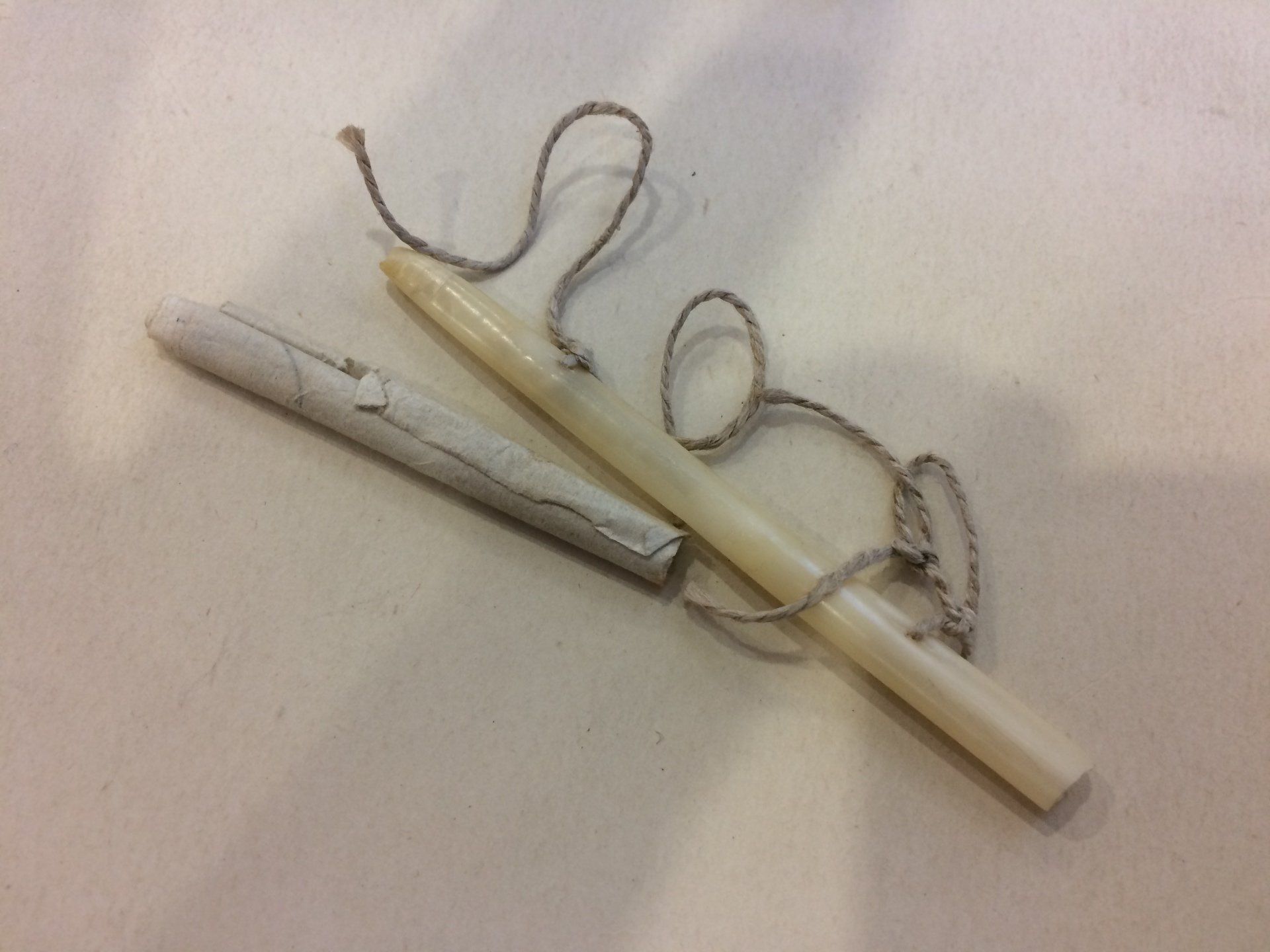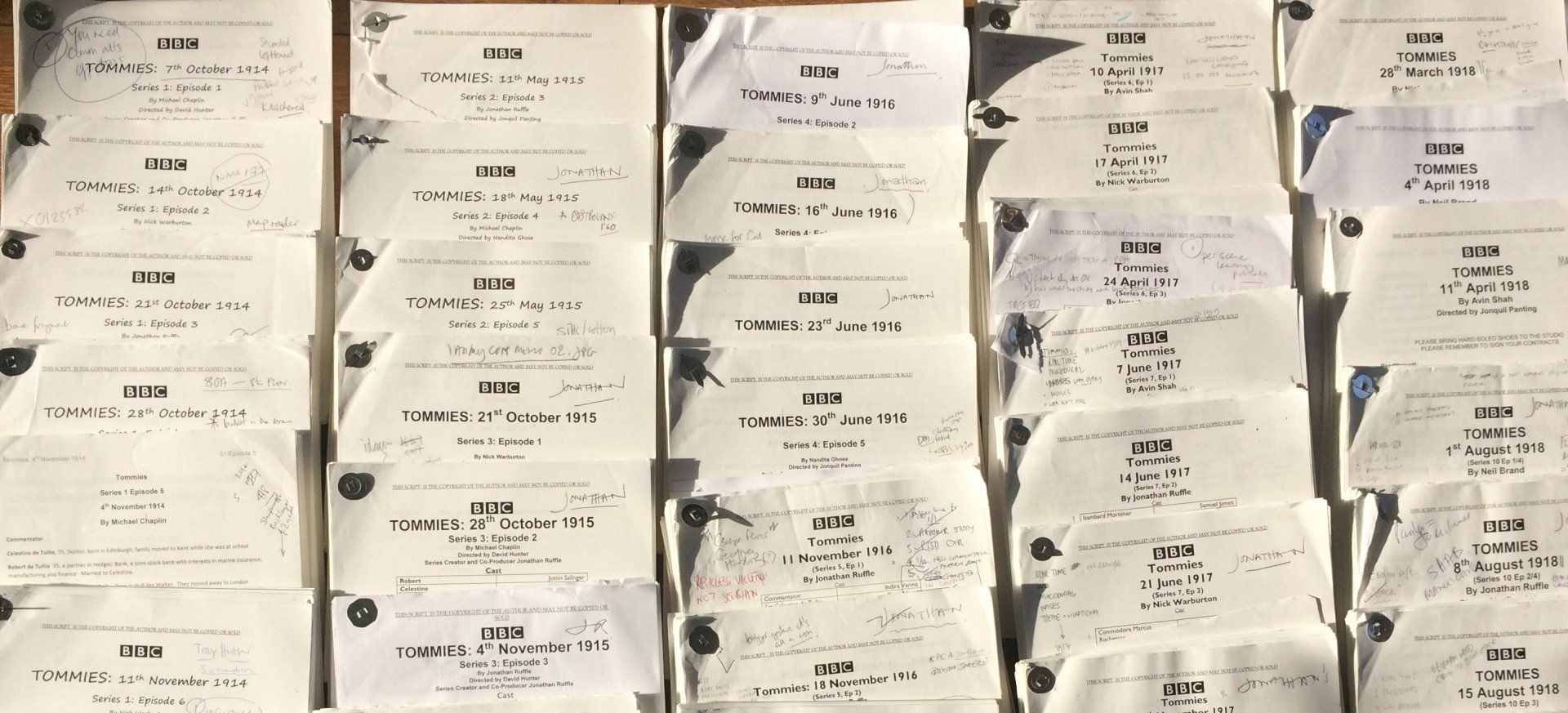Salonika. And time runs out for Celestine
24th April 1917
24th April 1917
Here are one or two background pieces of information that I thought might be interesting, in no particular order. I hope to get some films up on the site in a few days time, because my field trip there was so interesting. Here's one I shot on my way to the airport, well away from the front. Not on topic, as you'll see, but fascinating.
24th April 1917
Here are one or two background pieces of information that I thought might be interesting, in no particular order. I hope to get some films up on the site in a few days time, because my field trip there was so interesting. Here's one I shot on my way to the airport, well away from the front. Not on topic, as you'll see, but fascinating.
The location of the Bulgar's field interrogation was Horseshoe Hill in the 66 Bde area, so we could reasonably place his subsequent interrogation down at Cujunci Main Hospital just south of that area. This was detailed in the 12 Corps War Diary, and the reply recorded in the Official History.
I found the reference to the Macedonian helper who bolted and decided to make it part of Celestine's story in the War Diary for the 22 Division Assistant Director Medical Services.
The 66th Field Ambulance was undertaking last minute cholera inoculations which I used as a way of illustrating the malaria debate.
100 Brigade Royal Field Artillery WD gave me the information about the klaxons, and the 13 Battalion Manchester Regiment WD gave me not only wonderful maps but also the positions for digging in in front of the line. They also had the schedules for changing identifying bands on various limbs, which lead to Celestine's unhappy friendly-fire shooting.
26th Division HQ WD was keen to emphasise how high the morale was, but accepted the attack failed due to shelling by heavies in Jumeaux Ravine early on in the attack.
The 7th Battalion Royal Berkshire Regiment also had complicated schedules for armbands and an order suggesting that Bulgar prisoners were "less amenable" than Germans to being captured and were to be shot or bayonetted immediately should they try to escape. They also had an order not to get spotted in assembly, underlining that they had to attack at night because they were so overlooked.
As usual the Imperial War Museum had archives in which I spent many happy hours. DA Shirlaw's Papers had a concert programme that gave me the idea for the horrible MP who thought himself a comic.
The Papers of Major C E Norton 270th Machine Gun Company (26th Division) says the Bulgars knew zero hour and shelled ten minutes ahead. Nurse E B Moor clearly puts that they are sending in "two divisions tonight" as part of her diary entry for 24th June, and she's 40 miles away in Salonika town. And it was she who had the detail about the men rolling down and drowning, and also wounded being eaten by wild dogs.
The Private Papers of Lieutenant H Birkett Barker gave me a lot of the colour about bullock carts and storks nesting – "Hans Anderson stuff".
It was W E J Francis 2/16th Battalion London Regiment (Queen's Westminster Rifles) 179th Brigade, 60th Division who saw a funeral with open top casket, but I can't seem to find where I saw the reference to the funeral with someone sitting up in a chair. Francis was also a great hater of Conchies, and anyone he thought might be getting an easier ride than him. He noted that women were doing all the work, though.
E C Powell found NML full of orchards and vineyards, lizards, chameleons, tortoises and water snakes. It was he who mentioned you had to do everything in dashes across open ground that gave me the idea for the 'Roll Over' scene. They also have a typescript translated copy of the German commander Nedeff's memoirs. He'd assumed the British would attack at night, hence the searchlights.
There were copies of the Wipers Times of the front, the Moonraker, which gave lots of atmosphere.
Bosanquet was based on Captain T F Higham with 12th Corps Intelligence. I wished I could have used all his colourful reports. If you go to the IWM you can handle a message quill with the secret message still rolled up inside it.
Related Episodes
Related Episodes


